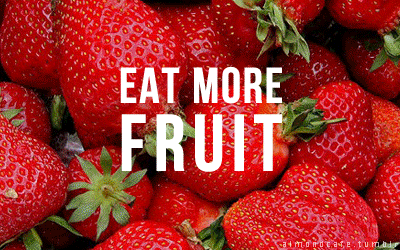I knew that there would be a problem teaching my special education class this week the instant I laid eyes on the worksheet that the head teacher wanted me to use. It sounds simple: he wanted to test the understanding of the students by giving them a worksheet depicting many fruits and vegetables and having them circle the answers when I say, for example, “red fruits.”
I started panicking a bit when I saw that tomatoes were one of the items of produce from which they could select. Crap. If I were to say “circle the red fruits,” would I have to count it wrong if they omitted the tomato? If I say “brown vegetables” and they circle the mushroom would I count it wrong because a mushroom is not a vegetable, but a fungus? What definition did the teacher want me to use? Culinary classification, which considers whether something is a fruit or a vegetable based on taste, or botanical classification, which defines a fruit as an edible plant containing seeds?
I’m about to go a bit Bill Nye on all of you. It’s time, once and for all, for us to understand what makes a fruit a fruit. According to livescience.com, a fruit is “a seed-bearing structure that develops from the ovary of a flowering plant, whereas vegetables are all other plant parts, such as roots, leaves and stems.” So, technically, olives, eggplants, peppers, tomatoes, cucumbers, and pumpkins are all fruits. FRUITS!
 |
| But... WHAT IS A FRUIT!? |



No comments:
Post a Comment